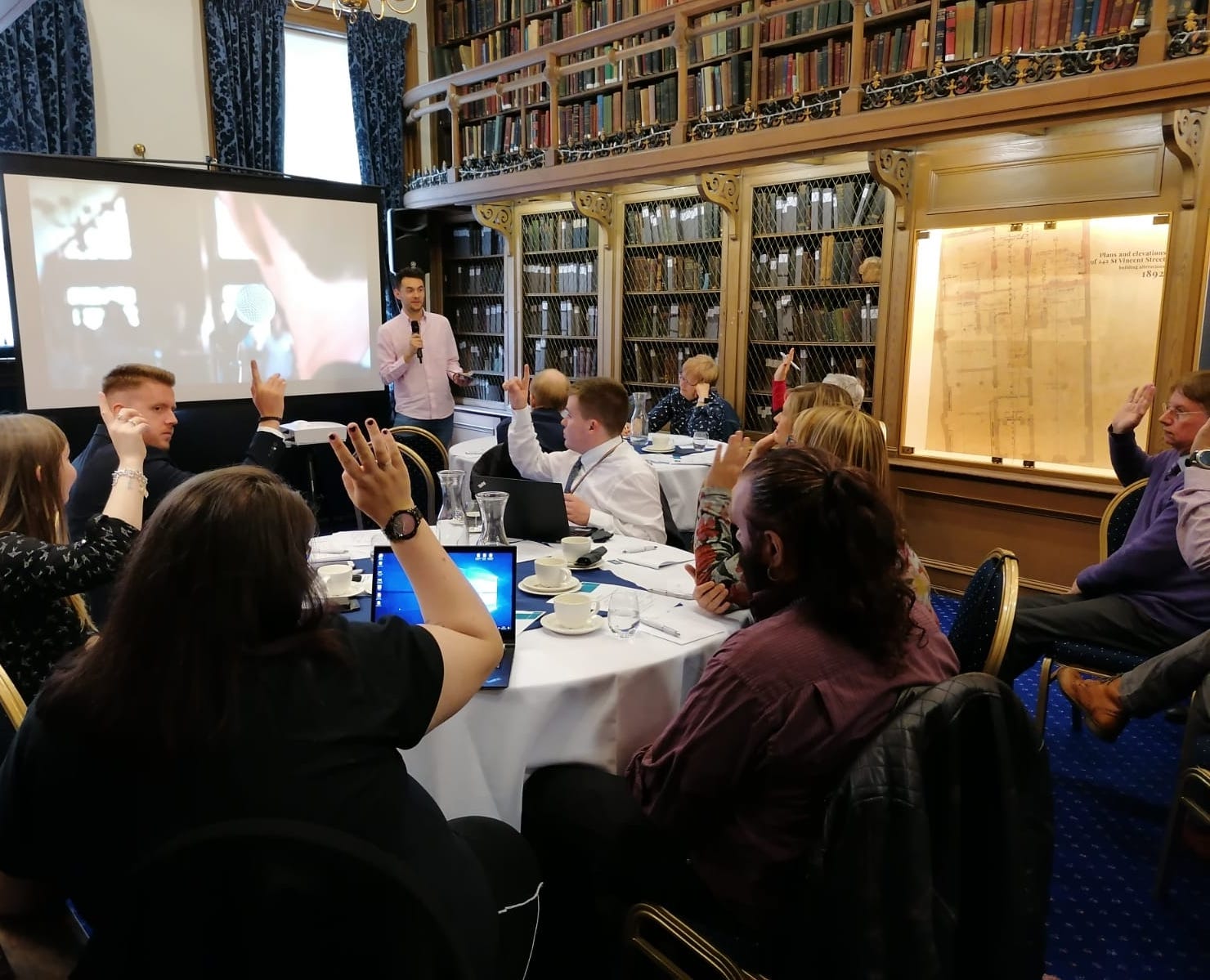Present Pal Blog: Tips, Stories, and Insights for Confident Presenting
Creating a Culture of Inclusion
Think of your workplace and your colleagues that surround you. Are there different gender identities, different ethnicities, different backgrounds, ages, nationalities? Do you have any colleagues who are neurodiverse? Are any of your colleagues disabled? If the answers to these questions are predominantly ‘no’, then you may be questioning your organisation’s culture of inclusion.
The Problem With Presentations - Are You Prepared?
Whether you’re a student or professional, presentations are pretty unavoidable. Read on as we discuss how presentations are a particular struggle for people with dyslexia, and the importance of providing opportunities for equal access in education and work.
Dyslexia - Let's Talk About It!
Find out more about what dyslexia actually is as we look beyond the definition to discover how people with dyslexia learn and process information in different ways.




